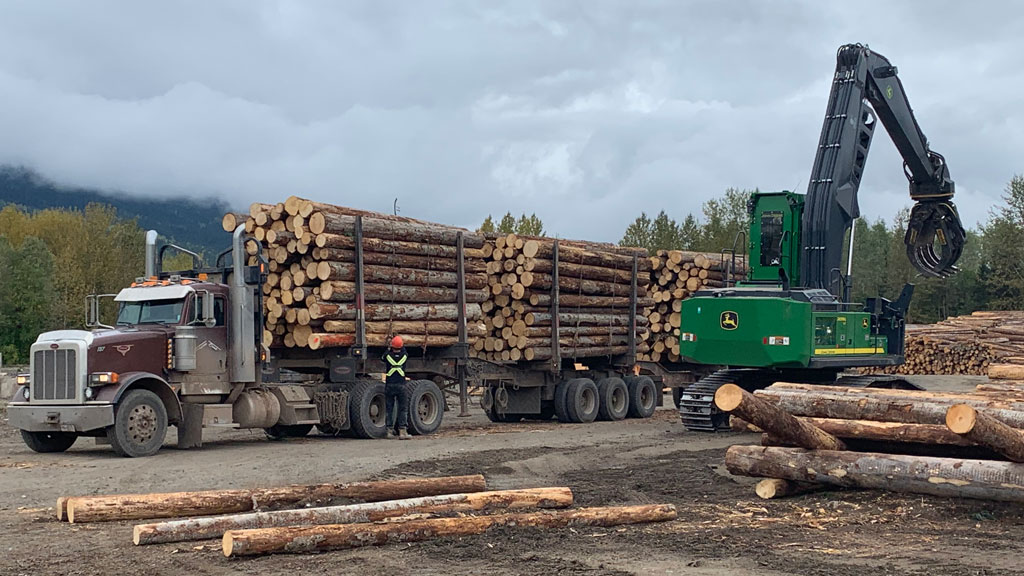During a panel discussion organized by the B.C. Construction Roundtable (BCCR), a group of experts discussed the huge opportunities mass timber holds and what can be done to help unlock it.
Peter Moonen, national sustainability manager for the Canadian Wood Council, explained he believes mass timber construction could go a long way to addressing labour shortages, climate change, urbanization and health concerns as well as other issues facings the construction industry, developers, tenants and building owners.
But to reap the benefits, Moonen stated people need to change their thinking beyond a building’s price tag.
“There are costs to a socioeconomic system, there can be costs to the environment that are not incorporated into a dollar amount,” said Moonen. “We want to have the best value. That includes the environment, socioeconomic concerns, functionality.
“We have been focusing on the bottom of the spreadsheet and the number on the cheque.”
Moonen said it will also take time to educate more clients, architects, engineers and others on how to work with mass timber. He believes a more educated and experienced mass timber building industry could also help price sensitivity be less of an issue by better taking advantage of fast construction methods.
“It could get easier once people realize you can get a project earning revenue four to six months earlier,” Moonen said.
One of the costs that can be scary is insurance. Jon Wang, vice-president of risk control engineering for Willis Towers Watson, explained mass timber projects can be 10 times more expensive to insure than concrete and steel structures.
“The major risk factor is fire,” said Wang. “That is the biggest insured peril that drives the rates up even though these projects can achieve high fire residence ratings.”
Wang explained underwriters often need mass timber projects and fire risk mitigation efforts explained to them in meetings and through onsite tours.
“Insurance costs are still evolving, but as there are more buildings and more stats come out, hopefully insurers can be more comfortable giving lower rates,” added Wang.
He noted the irony is that the insurance industry likely needs more cases of fires at mass timber buildings to study before rates go down significantly.
Lucas Epp, head of engineering for StructureCraft, explained B.C. is poised to be a critical part of mass timber construction in all of North America. B.C., and especially the Lower Mainland, have high concentrations of mass timber buildings and design experts, and its forestry sector has the capacity to supply materials.
“There often is a perception of higher potential costs for wood and the second factor is the delivery chain and understanding the ability of the supply train to deliver a structure,” said Epp. “What we see in the timber revolution in North America is both of those are really getting answered now.”
Epp said the threat of large European suppliers has forced B.C.’s industry to innovate rapidly and building codes are opening up to allow for taller structures.
Rob van Adrichem, director of external relations for the City of Prince George, explained the perspective of a B.C. community steeped in the forestry industry.
“The messaging and language of how we talk about this sector is emerging as being just as important as the development of products,” said van Adrichem.
He noted the forestry sector has often been seen as old fashioned, environmentally unfriendly or on its last legs from pine beetle devastation.
“It is incredibly diverse and sustainable,” said van Adrichem, who noted there is massive appetite to manufacture wood products rather than export raw logs. “There is an opportunity to bring architects, engineers, forestry companies, product developers, manufacturers and others together to join forces. That doesn’t happen very often.”
Follow the author on Twitter @RussellReports.











Recent Comments
comments for this post are closed